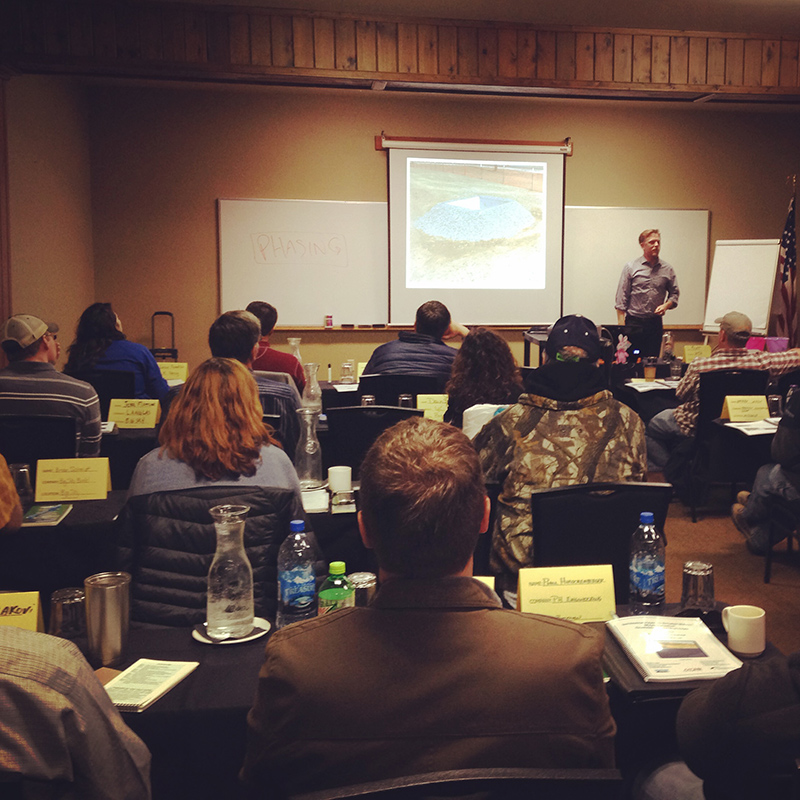Big Sky is a growing community. From the canyon to the Yellowstone Club, Big Sky is between 20 and 80% built out. According to the US Census, the permanent population of Big Sky doubled between the 2000 and 2010. Although the growth rate of about 103% since 2000 may seem astronomically high, Big Sky still has the capacity to accommodate future development. The question that plagues many in the community is: how to develop Big Sky sustainably? How will Big Sky safe guard the surrounding environment in the face of rapid growth?
Big Sky’s growing pains have the potential to degrade the health of the pristine Gallatin River Watershed. One potential threat to water quality is storm water runoff from construction sites. Runoff from rain or snow events flowing over ground disturbed by construction carries sediment, chemical effluent, or other by products of construction to rivers and streams. However, best management practices, such as silt fencing, reduce stormwater runoff by preventing erosion and/or slowing the velocity of water in order to allow contaminants to settle out. Simple best management practices can maintain water quality and protect our world class trout fishery.
In hopes of educating the community on the importance of storm water prevention planning, the Blue Water Task Force administered a pair of courses that provided builders and developers with the tools to minimize storm water runoff on their job sites. On March 31st, 33 engineers, developers, builders, and environmental professionals attended the Storm Water Management During Construction Training Class. The following two days, April 1st and 2nd, 26 individuals successfully completed the Stormwater Pollution Prevention Plan Administrator Certification Training Class. The series of courses were taught by a partnership of the Montana Department of Environmental Quality and Altitude Training Associates. This series of courses presented a valuable opportunity for environmental professionals to partner with developers and establish mutually beneficial best management practices.
Concerned about storm water in our community? Consider supporting the Ophir and Lone Peak High School Storm Water Conservation Garden. The storm water garden filters pollutants from water running off the schoool parking lot, while native plants that require little or no irrigation water or fertilizer conserve water.This Mother’s Day the Blue Water Task Force is selling Edible Herb Bowls and flowers to benefit the Ophir and Lone Peak High School storm water conservation garden. Consider saying “Thanks Mom!” while supporting an important project in the Big Sky community.





